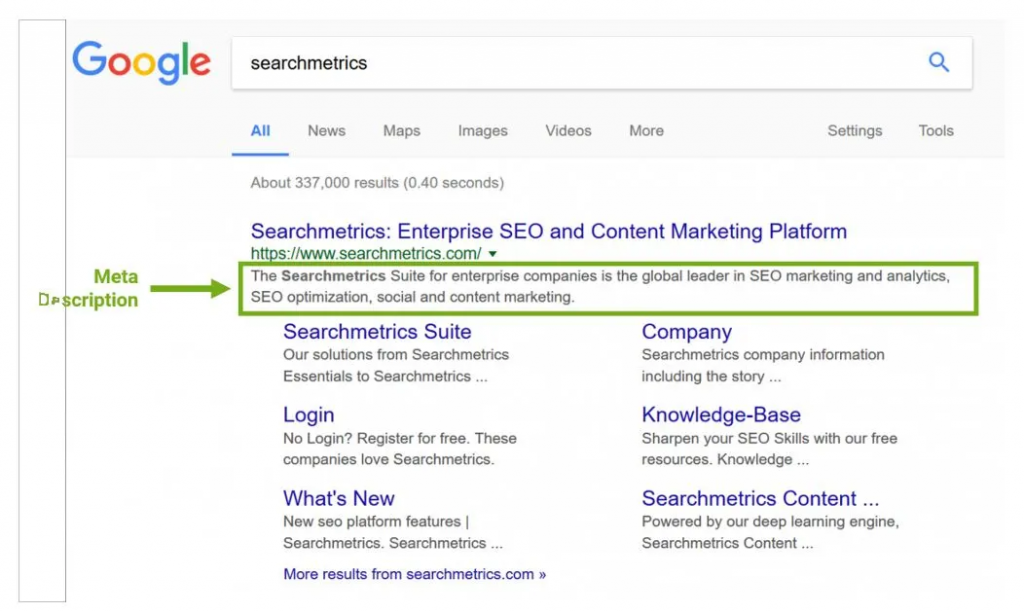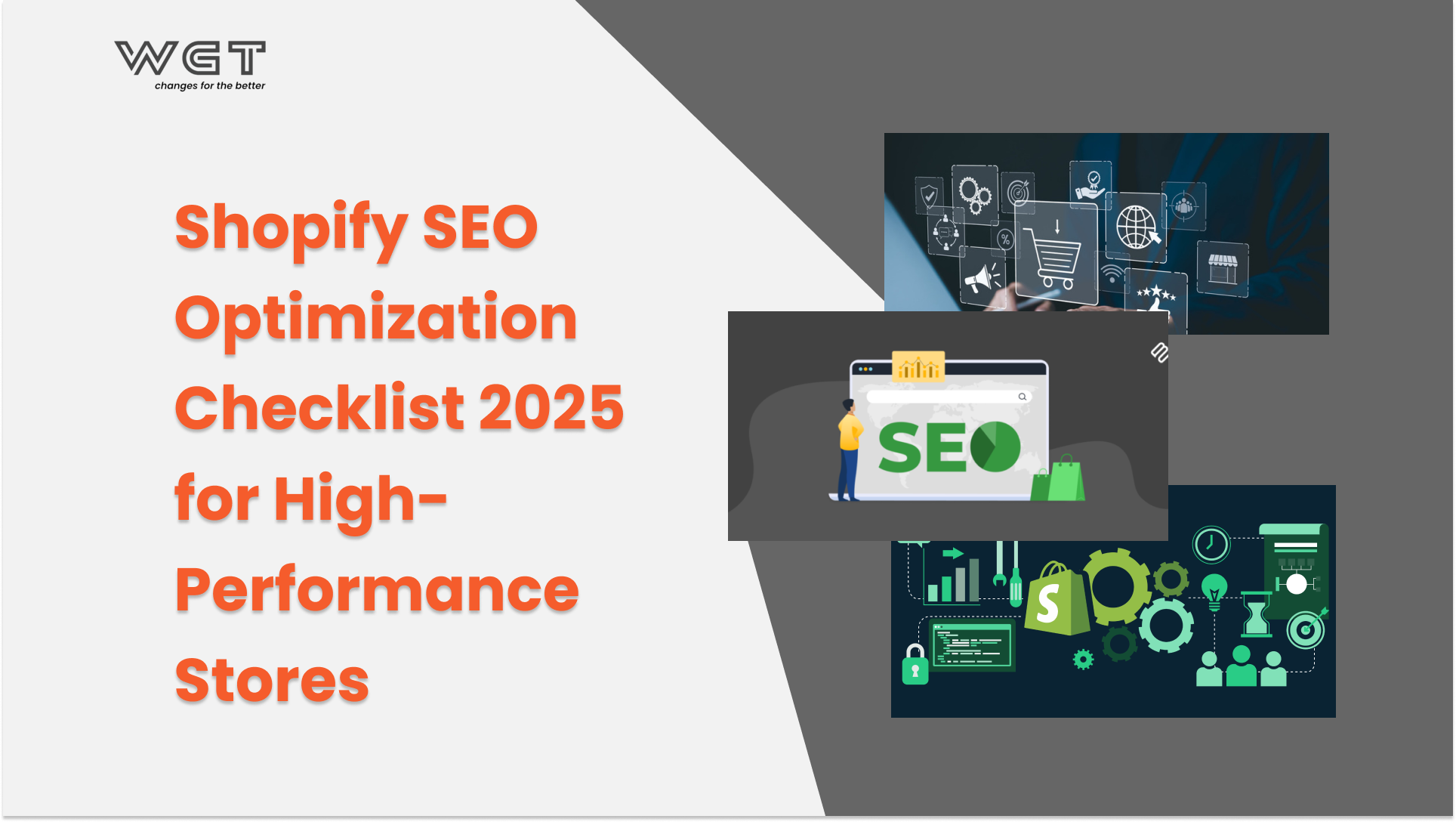
In order to improve eCommerce revenue, entrepreneurs must adopt a well-defined strategy and a commitment to continuous improvement. From using an operational approach to harnessing the power of organization and templates, the findings will delve into critical lessons learned from years of experience. This article will explore six valuable tips that can help you enhance your eCommerce profitability.
- Operate eCommerce website strategies effectively
By concentrating on these factors, businesses can unlock the potential of their eCommerce website.
– ROI growth: Your business can optimize conversion data by using a heatmap tool (a data visualization tool that uses color to represent the magnitude of a phenomenon) to see how users are interacting with your website, offering discounts and free shipping to encourage users to convert, using personalization software to recommend products to users based on their past purchase history or browsing behavior.
Moreover, eCommerce data analytics needs to leveraging to make informed decisions, which includes A/B testing different product pages and marketing campaigns, as well as analyzing customer data to segment your audience and target them with personalized messages.
When it comes to investing in marketing and advertisement, focusing on running influencer marketing campaigns, attending trade shows and industry events, and creating and distributing content marketing on blogs, videos, and infographics will dramatically make a big impact.
– Customer loyalty: This element will be prioritized by focusing on providing excellent customer service, offering loyalty programs and rewards, and personalizing the customer experience
– User engagement: High-quality content should be created then using social media to connect with your customers and make your website easy to navigate. Besides, the agency should run games and giveaways on social media to reward loyalty. Other tips are offering discounts and o rewards to customers who regularly use your website or app. Live chat is also a great way to increase user engagement due to providing real-time support to your users and answering their questions.
– Solid brand reputation
Consistency is key when it comes to your brand, ensuring that your brand remains consistent across all touchpoints, including your website, social media platforms, marketing materials, and customer service interactions. By doing so, you establish a strong and recognizable brand identity.
Additionally, active involvement in the community such as sponsoring local events, donating to charities, and volunteering your time is vital for your business branding. It is necessary to get involved and prove that you are a responsible and caring company. It as a result helps to build brand awareness and goodwill to build a better Solid brand reputation.
Your business will be better than your competitors if customers are offered with unique products and services. Analyzing marketing tactics including 4PCs (product, price, promotion, and place), 4Cs (customer, cost, convenience, communication), SWOT (strength, weakness, opportunities, and threats) and providing fast and excellent customer service in fact leads to improve product conversions.
Your marketing ecosystems revolves around various strategies and channels to connect with your customers by collecting customer data, using social media, and eCommerce website to connect with your customers, running social media contests and giveaways, partnering with other businesses
- Establish an online store with compounding growth tweaks
A good online store should not miss these standardizing tips to even enhance their growth hacks.
– Micro Tweaks for Macro Revenue Impact: To maximize conversion rate, businesses should enhance their website’s loading speed, use high-quality product images and videos, write clear and concise product descriptions, utilize social proof, and offer a variety of payment options.
– Rewards from Google Crawlers: Google Crawlers, also known as Googlebot or Google Spiders, are software programs used by Google to discover and index web pages on the internet. These crawlers systematically browse through websites, following links from one page to another, and gather information about the content and structure of web pages.
The Google crawler can detect and index UX elements such as page titles, meta descriptions, and headings. This information is used to understand the content of the website and to rank the website in search results and can help the crawler to understand the user experience of the website and to rank it accordingly.
Overall, there is a strong link between Google Crawlers and a website’s UX. By improving the UX of a website with Google’s UX guidelines, businesses can also boost their ranking in search results, attract more organic traffic, and improve eCommerce revenue.

Speed test tool for website (Source: Theecommerce)
– Synergy of SEO and UX: SEO can help to drive more traffic to your website and improve product conversion by clicking on links that appear higher up on the SERP. By using UX testing to improve the user experience of your website, you can also improve your SEO performance. When users have a good experience on your website, they are more likely to stay longer, explore more pages, and return in the future. All of these factors can help to improve your website’s ranking in search engine results pages (SERPs).
Here is a specific example of how you can use UX testing to improve your SEO:
A business that wants to improve the ranking of your website for the keyword “best-running shoes’ should conduct a UX test to see how users interact with your product pages for running shoes.
They find that users are having difficulty finding the information they need about the different running shoes that you offer.
It is vital to make changes to your product pages to make them more user-friendly and to make it easier for users to find the information they need.
As a result of your changes, users spend more time on your product pages and bounce rates decrease.
Your website’s ranking for the keyword “best running shoes” improves in SERPs.
This is just one example of how UX testing can be used to improve SEO performance. The synergy between SEO and UX testing can boost your website’s visibility and conversion rates, ultimately leading to higher ROI.
- Build a well-designed organizational structure
A well-designed organizational structure is essential for providing a seamless browsing experience on your website, and two crucial aspects of this are avoiding weak navigation and benefiting your customers with a good hierarchy.
– Avoid weak navigation: Strong navigation may attract customers by using a clear and consistent hierarchy, descriptive page titles, meta descriptions, and internal linking. You should also test your website’s navigation regularly to ensure it is working as intended. You can do this by asking customers to complete tasks on your website and by using analytics tools to track how customers are using your navigation menu.

The meta description on search metrics (Source: Conductor)
– Benefit your customers with a good hierarchy: Your customers will benefit when you group similar products together, utilize filters and search bar, and product recommendations. Here is an example of a good hierarchy for an eCommerce website that sells clothing:
The homepage includes links to the following product categories: women’s clothing, men’s clothing, children’s clothing, and accessories.
Each product category page includes a list of subcategories, such as dresses, skirts, tops, and jeans for women’s clothing.
Each product page contains detailed information about a specific product, such as the product’s name, description, price, images, and reviews.
The About Us page tells visitors about the company’s mission and values and information about the team and customer service policies.
The Contact Us page includes the company’s phone number, email address, and social media links.
By following these strategies, you can improve your website’s navigation and reduce the number of potential customers who are leaving your website without making a purchase.
- Generate good templates
In 2023 and beyond, eCommerce businesses need to have templates that are well-designed, user-friendly, and optimized for both SEO and product conversion. This eventually can help businesses save time, improve efficiency, and produce more consistent and error-free work. Below are 2 ways to enhance your template.
Template optimization should be worked on with responsive design, high-quality visuals, and clear navigation. A responsive design ensures your website looks good and functions well on all devices, including smartphones and tablets. It is essential to implement high-quality images and videos that will help to showcase your products in the best possible light and make your website more visually appealing. Make it easy for customers to find what they are looking for: Businesses should re-structure their navigation & search bars & employ strong calls to action to tell customers what you want them to do, whether it’s adding items to their cart, signing up for your newsletter, or making a purchase.
A good template would also help to break down friction and make it easy for customers to complete their purchases by optimizing the purchase process and make it easily. To proceed, it is important to minimize the number of steps required to complete a purchase. As a result, customers can easily add items to their cart and proceed to checkout effortlessly. You can make the process more efficient and user-friendly by providing clear and concise fields for customers to fill in their details and simplifying the input of shipping and billing information. The template should include clear and concise error messages, guiding customers on how to resolve any issues that may arise.
5. Develop Trust for Your eCommerce Website
Trust is essential for any eCommerce business. Customers need to trust that your website is secure and that you will deliver on your promises. When customers trust your website, they are more likely to purchase products from you.
There are a number of things you can do to build trust for your website, including using a secure connection (HTTPS), displaying trust badges, being transparent, collecting and displaying customer reviews, and making it easy for customers to contact you.

A secure connection-HTTPS (Source: moz://a)
In fact, off-store trust signals can also help to reassure customers that your business is legitimate and trustworthy. Off-store trust signals are trust signals that come outside of your website, which can be just as important as on-store trust signals and help to reassure customers that your business is legitimate. Some examples of off-store trust signals include social media presence, positive customer reviews on third-party websites, partnerships with other businesses, and recognition. The more trust you build, the more you can improve eCommerce revenue.
6. Set up an intent machine
An intent machine is a system that uses data and machine learning to predict the intent of users. Intent machines can be used to improve conversion probability in a number of ways by personalizing the shopping experience, targeting marketing campaigns, and optimizing the checkout process. For instance, if a user is viewing your checkout page, you can offer them a discount or promotion to encourage them to complete their purchase. This can help to reduce cart abandonment.
Intent fuels marketing campaigns will be effective by using specific ways such as creating targeted landing pages using personalized email marketing and running targeted ads. By doing these ways, you can create a more efficient and tailored marketing campaign that resonates with your audience drives desired actions, and effectively improve eCommerce revenue.
In conclusion, succeeding in the world of eCommerce requires a well-defined strategy and a commitment to continuous improvement. By implementing the six valuable tips discussed in this article, you can enhance your eCommerce profitability and position yourself for sustainable growth in the competitive online marketplace. Additionally, it is vital to stay up-to-date on the latest trends and technologies to improve eCommerce revenue efficiently.
Discover more useful eCommerce tips and take action to create a better world for all with us now!








